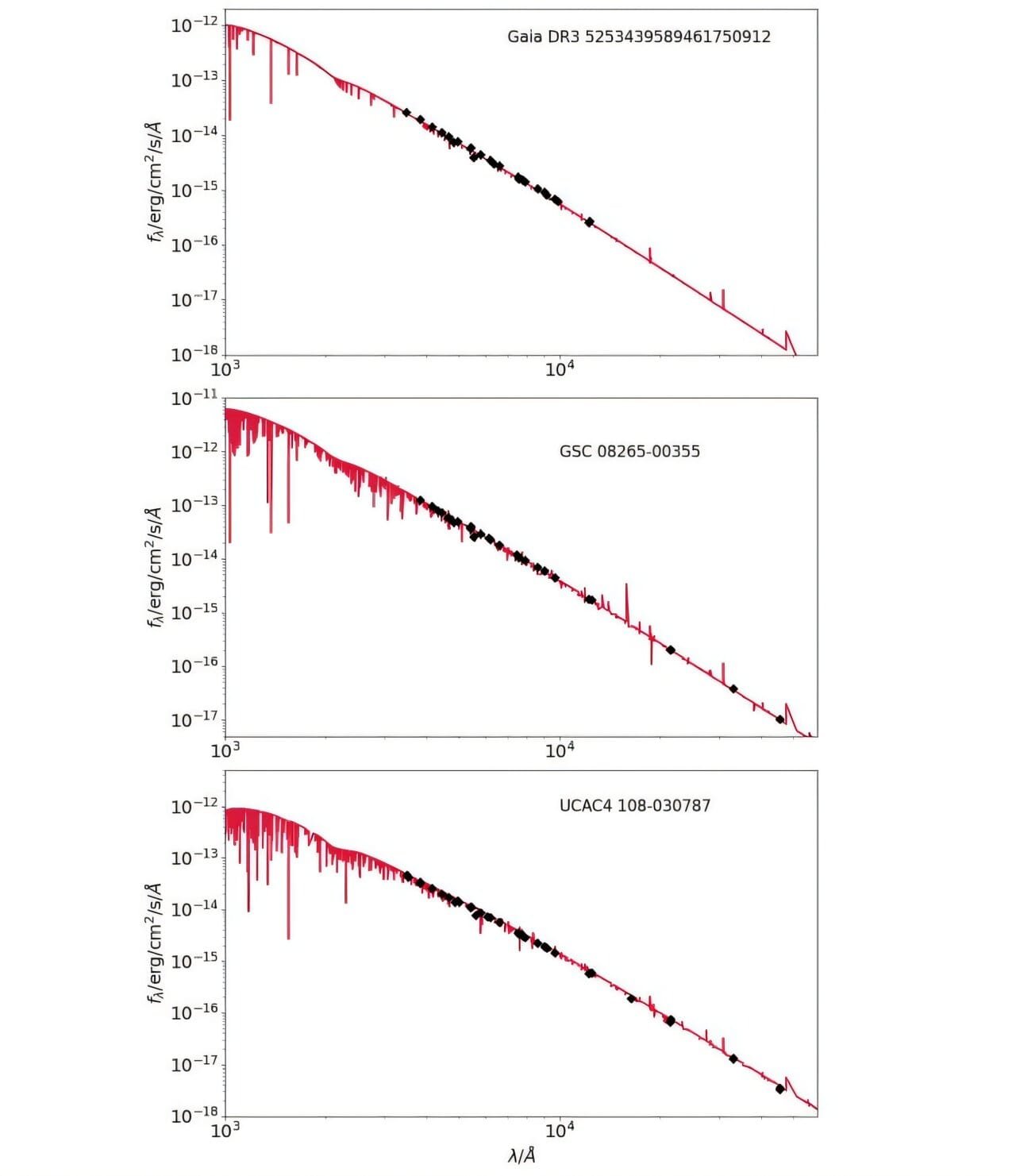Astronomy constantly unravels the mysteries of the universe by examining celestial objects and phenomena. A recent discovery by a team of German astronomers using the X-shooter instrument on the Very Large Telescope (VLT) at the European Southern Observatory (ESO) has added new insight into stellar evolution. The researchers identified three new pre-white dwarfs (PWDs) that exhibit strong hydrogen deficiency. This finding, detailed in a research paper published on December 20 on the arXiv preprint server, contributes significantly to our understanding of the transition phases of stars.
White dwarfs (WDs) represent the final evolutionary state of most stars, particularly those with masses similar to or slightly greater than that of the sun. These stellar remnants form after a star has depleted its nuclear fuel and shed its outer layers. Despite their relatively small size—roughly comparable to Earth’s—they are extraordinarily dense, with masses often exceeding a million times that of our planet. White dwarfs typically have atmospheres dominated by either pure hydrogen or helium due to their immense gravitational pull, which causes heavier elements to sink toward the core. However, a minority of WDs also show traces of heavier elements.
Pre-white dwarfs (PWDs) are the evolutionary precursors to WDs. They are slightly larger than WDs but are destined to contract further over a timescale of a few thousand years. These stars provide a critical opportunity to study the transition process before they reach the stable white dwarf phase.
In this study, a team led by Klaus Werner from the University of Tübingen identified three highly hydrogen-deficient PWDs with helium-dominated atmospheres. The stars were examined using the high-precision spectrographic capabilities of the X-shooter instrument, which allowed the researchers to determine their unique compositions and properties.
The first star, designated GSC 08265, is approximately half the size of the sun with an estimated mass of 0.53 solar masses. Situated roughly 5,000 light years away, it has an effective temperature of around 72,000 Kelvin. The researchers classified GSC 08265 as a PG1159 star, marking it as an early-phase pre-white dwarf. PG1159 stars, named after their prototype, represent a specific class of hydrogen-deficient stars that will eventually evolve into DO or DA white dwarfs. These stars retain minimal amounts of hydrogen in their envelopes, a characteristic that distinguishes them from other white dwarf precursors.
The second star, Gaia DR3 52, was identified as a hot subdwarf of spectral type O(He). Located approximately 7,400 light years away, this star has a radius of about 0.23 solar radii and a mass of 0.52 solar masses. Its effective temperature is a scorching 90,000 Kelvin. Subdwarfs like Gaia DR3 52 are typically characterized by their compact size and extreme temperatures, making them unique objects of study in stellar astrophysics.
The third star, UCAC4 108, lies approximately 5,700 light years from Earth. This star is about three times smaller than the sun and has an estimated mass of 0.8 solar masses. The team classified UCAC4 108 as a hot subdwarf with a spectral type of CO-sdO, a classification that reflects its carbon-oxygen-rich composition. Its effective temperature is estimated at 50,000 Kelvin. These properties underscore its transitional nature as it moves toward the white dwarf stage.
A noteworthy characteristic of all three newly identified PWDs is their extreme hydrogen deficiency, with hydrogen mass fractions of less than 0.001. Additionally, these stars exhibit nitrogen abundances six times greater than that of the sun, indicating unusual chemical enrichment processes in their past. The abundance of nitrogen and the lack of hydrogen suggest that these stars have undergone unique evolutionary pathways, possibly involving significant mass loss or mergers.
These findings enhance our understanding of the late stages of stellar evolution, particularly for stars that deviate from the typical patterns observed in white dwarfs. By studying such hydrogen-deficient PWDs, astronomers can gain insights into the processes that strip hydrogen from stellar envelopes and the subsequent chemical enrichment of the star’s outer layers.
The discovery also emphasizes the importance of instruments like X-shooter, which can capture detailed spectra across a wide wavelength range. Such tools are essential for uncovering subtle differences in stellar compositions, temperatures, and other physical properties. As observational technology continues to advance, the identification and study of more such rare and exotic stars will undoubtedly deepen our knowledge of stellar evolution and the complex mechanisms that govern it.
Reference: Klaus Werner et al, Three new hot hydrogen-deficient pre-white dwarfs, arXiv (2024). DOI: 10.48550/arxiv.2412.15984
Think this is important? Spread the knowledge! Share now.
